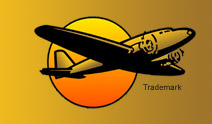| 1. Of the following cacao producing countries, name the two largest. |
|
|
| 2. It estimated that the first cacao tree originated how many years ago? |
|
|
| 3. The Criollo tree is found primarily in which two of the following cacao growing countries? |
|
|
| 4. What is the average time and temperature for roasting cocoa beans? |
|
|
| 5. In the chocolate industry, what word is commonly used to describe the broken pieces of roasted and shelled cocoa beans? |
|
|
| 6. Grinding of the broken pieces of roasted and shelled cocoa beans produces heat which liquefies the cocoa butter. The resulting product is called chocolate liquor. |
|
|
| 7. Cocoa powder is produced by... |
|
|
| 8. Cocoa butter has a range of melting points below our normal body temperature of 98.6°F. Since it does not all melt at once, there is a smooth, rolling sensation on our tongues. Cocoa butter melts at... |
|
|
| 9. A micron is 1/1000th of a millimeter. In making chocolate, most manufacturers grind down the cocoa and sugar ingredients to 25 to 30 microns. The smaller the number of microns, the smoother the chocolate. Can high quality chocolate makers grind down below 20 microns? |
|
|
| 10. Chocoholics do not consider white chocolate to be real chocolate because... |
|
|





